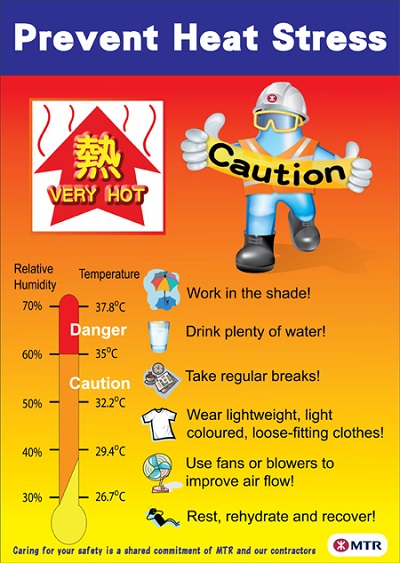
The heat transfer into or out of the system typically must happen at such a slow rate in order to continually adjust to the temperature of the reservoir through heat exchange. Note that, this ratio κ = c p/c v is a factor in determining the speed of sound in a gas and other adiabatic processes.Īn isothermal process is a thermodynamic process, in which the temperature of the system remains constant (T = const). One for constant pressure (c p ) and one for constant volume (c v ). In which κ = c p/c v is the ratio of the specific heats (or heat capacities) for the gas. The isentropic process (a special case of adiabatic process) can be expressed with the ideal gas law as: It is a reversible adiabatic process. The assumption of no heat transfer is very important, since we can use the adiabatic approximation only in very rapid processes.įor a closed system, we can write the first law of thermodynamics in terms of enthalpy:ĭH = Vdp → W = H 2 – H 1 → H 2 – H 1 = C p (T 2 – T 1 ) (for ideal gas) It means the isentropic process is a special case of an adiabatic process in which there is no transfer of heat or matter. The total entropy change is given by: ∆S = S 3 – S 2 = Q C /T CĪn isentropic process is a thermodynamic process, in which the entropyof the fluid or gas remains constant. In this process the surroundings do work on the gas. The gas compresses isothermally to its initial state while it discharges energy Q C to the cold reservoir by heat transfer. isothermal compression – The system is placed in contact with the reservoir at T C.The gas does work on the surroundings and loses an amount of internal energy equal to the work that leaves the system. isentropic expansion – The gas expands adiabatically from state 3 to state 4, where the temperature is T C.The total entropy change is given by: ∆S = S 1 – S 4 = Q H /T H The temperature of the gas does not change during the process. The gas expands isothermally while receiving energy Q H from the hot reservoir by heat transfer. Isothermal expansion – The system is placed in contact with the reservoir at T H.On the other hand the entropy remains unchanged. The surroundings do work on the gas, increasing its internal energy and compressing it. isentropic compression – The gas is compressed adiabatically from state 1 to state 2, where the temperature is T H.
#WORKDONE BY ENGINE VS HEAT EXHAUSTED SERIES#
In a Carnot cycle, the system executing the cycle undergoes a series of four internally reversible processes: two isentropic processes (reversible adiabatic) alternated with two isothermal processes: Therefore, heat engines must have lower efficiencies than limits on their efficiency due to the inherent irreversibility of the heat engine cycle they use. They are not done infinitely slowly and infinitesimally small steps in temperature are also a theoretical fiction. All real thermodynamic processes are somehow irreversible. It is not an actual thermodynamic cycle but is a theoretical construct and cannot be built in practice. A system undergoing a Carnot cycle is called a Carnot heat engine. The cycle of this engine is called the Carnot cycle. The efficiencies of all reversible engines ( Carnot heat engines) operating between the same constant temperature reservoirs are the same, regardless of the working substance employed or the operation details.No engine can be more efficient than a reversible engine ( a Carnot heat engine) operating between the same high temperature and low temperature reservoirs.

In short, this principle states that the efficiency of a thermodynamic cycle depends solely on the difference between the hot and cold temperature reservoirs. In 1824, a French engineer and physicist, Nicolas Léonard Sadi Carnot advanced the study of the second law by forming a principle (also called Carnot’s rule) that specifies limits on the maximum efficiency any heat engine can obtain.


So the second law is directly relevant for many important practical problems. The second law of thermodynamics places constraints upon the direction of heat transfer and sets an upper limit to the efficiency of conversion of heat to work in heat engines. The area bounded by the complete cycle path represents the total work that can be done during one cycle. Carnot Cycle – Carnot Heat Engine pV diagram of Carnot cycle.


 0 kommentar(er)
0 kommentar(er)
